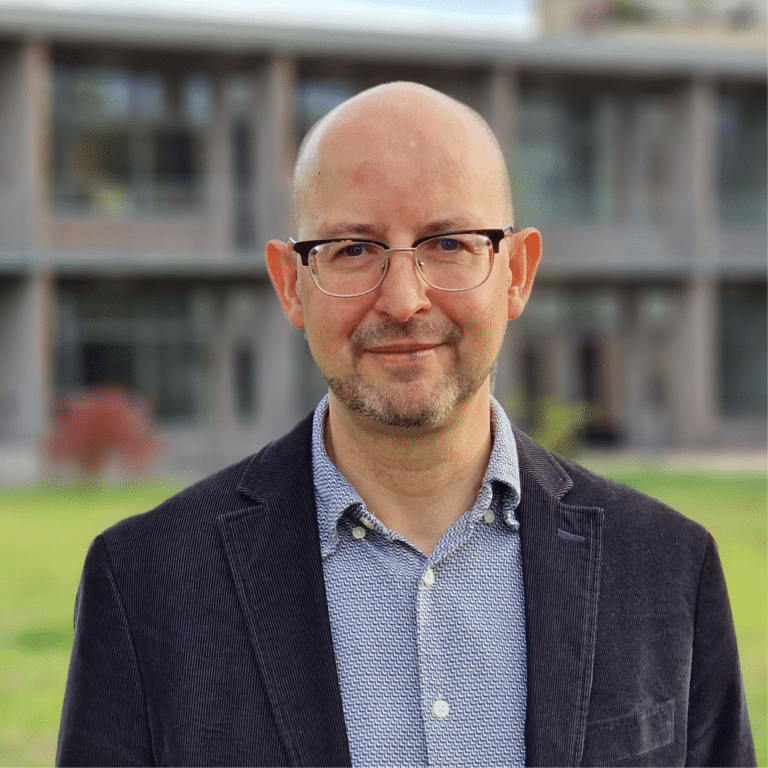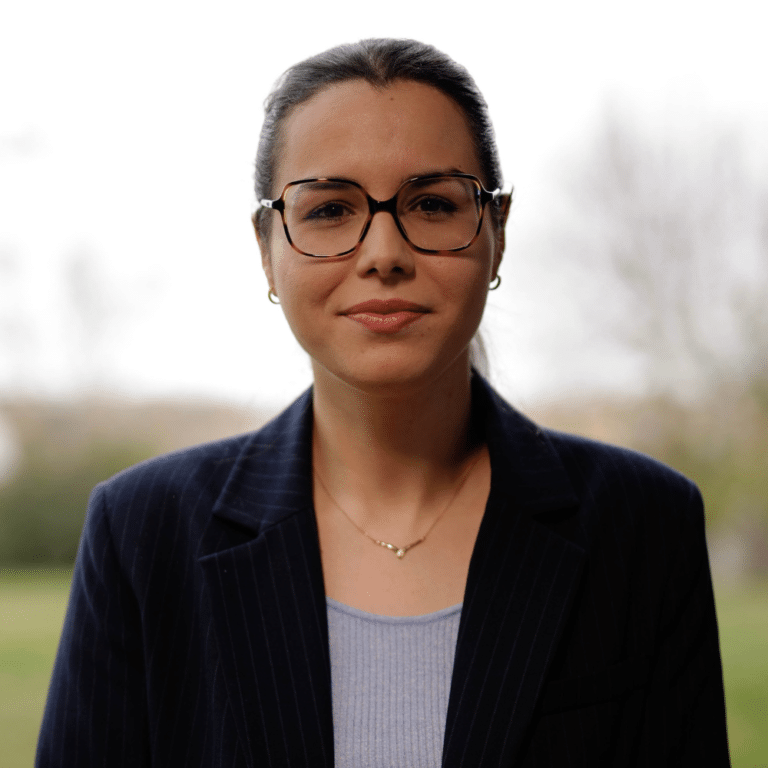
© ARR
Valérie Andrieu
Research project
Proto-cereals, Marseille, a million years ago.
Summary of the research project
1 Ma (million years ago), a migratory wave coming from the east and including humans (homo erectus) and animals (large mammals), broke over the Mediterranean north shore with the objective of conquering new territories. At that time the territories they were aiming for to ensure their survival were wetlands, real oases of life and potential food within a globally arid Mediterranean environment. The Marseilles travertine was, like the Vallonnet cave in the Nice region or the Lacèbe-Lézignan rock shelter in Languedoc, one of the sites favorable to the reception of large mammal herds and homininés who followed the herds to feed on them. These three sites are the only ones dated to 1 Ma potentially frequented by hominine populations. Travertine from Marseille is the most poorly studied and the most recent studies conducted are those of Gaston de Saporta (Saporta, 1864), a famous Aixois palaeobotanist that for the first time has highlighted an old vegetation with plants that no longer exist in their natural state in the Marseille basin, but that are partly found in the Macaronesian islands (including the Canary Islands) off the coast of Mauritania. Two years ago, I worked on the vast travertine complex of Denizli, in the south-west of Turkey, a site where a magnificent fragment of a man’s skull was discovered and dated by a Marseilles research laboratory (CEREGE) between 1.2 and 1.6 Ma (Lebatard et al., 2014). I also worked on the lake site near Acigöl where an exceptionally long survey, 600 m in total, was carried out.
At both sites, I carried out pollen analyses with the aim of reconstructing the environments, climates and potential diet of mammalian fauna including humans (Andrieu-Ponel et al., review in progress). In parallel, my colleagues geologists have made geomagnetic measurements to date the sedimentary filling of Acigöl (Demory et al., 2020). The results quickly fell: Acigöl was an exceptional archive dated from 2,3 Ma at the base and it was full of pollen that would allow us to reconstruct the paleopaths within which evolved the populations of hominine, But also before and after their arrival, in an area so conducive to life in the Middle East and which saw the emergence of agriculture, 2 a little over 10,000 years ago. Pollen from proto-cereals and spores of coprophilic fungi were discovered in the pollen assemblages (Fig. 1), from the base of the Acigöl archive, 2.3 Ma. Coprophilic fungi have a life cycle in the feces of large mammals and are a good indicator of the presence of these animals (Baker et al., 2013). Denizli travertines also delivered proto-cereal pollen and coprophilic mushroom spores to contemporary levels of Homo erectus presence (1.2 – 1.6 Ma). This conjunction led us to propose the following hypothesis to explain the presence of proto-cereal pollen at such an ancient time: by grazing, trampling and enrichment in nitrogen of the soils, herds of large mammals have been able to promote the genetic mutation of wild grasses and cause the appearance of so-called “proto-cereals” cereals because the periods concerned are very old. The man who became a farmer 10,000 years ago would not be responsible for this mutation but it would be natural and would result from iterative disturbances of wet meadows by herds of large herbivores (Andrieu-Ponel et al., review in progress). My discoveries call into question the Neolithic paradigm according to which man, having become a farmer, would have favored the emergence of cereals by choosing, to cultivate them, the best-coming cereal plants.
Biography
Valerie Andrieu is a Palaeoecologist and lecturer at Aix Marseille University and the Mediterranean Institute of Biodiversity. She also teaches Master classes in Sfax and Tunis, Tunisia.
Andrieu has a long history of environmental palaeoenvironment in France and the Mediterranean basin.
During her career, she has conducted 85 research projects, both national and international, and has published more than 173 scientific articles.
FOOD-REsources, climate and large herbivores long term interactions within a Mediterranean ecosystem It has just obtained with its international consortium will allow it to extend to the entire north shore of the Mediterranean its investigations on the environments of the first humans and the origin of cereals.



